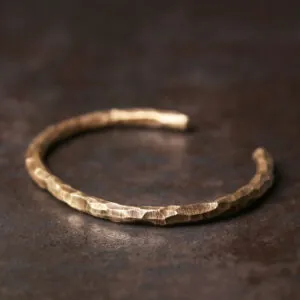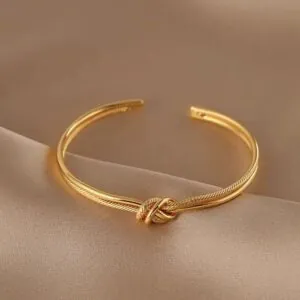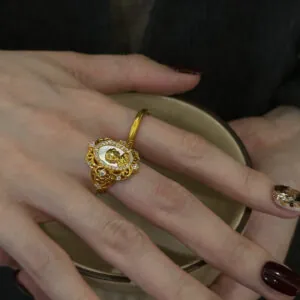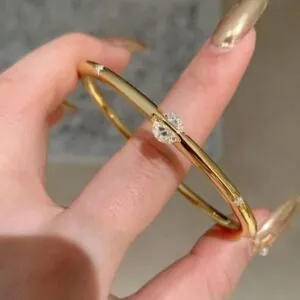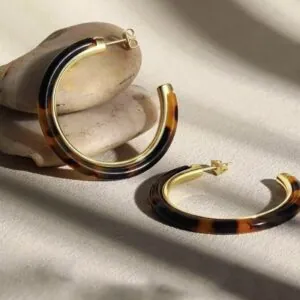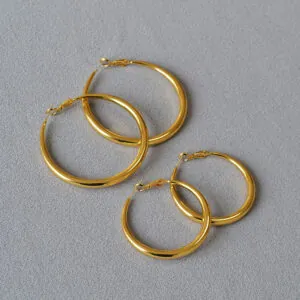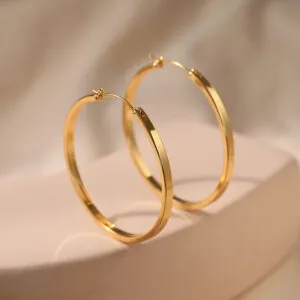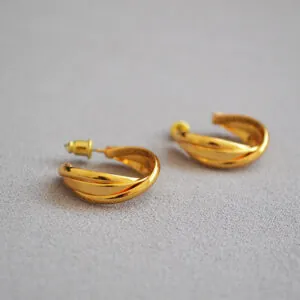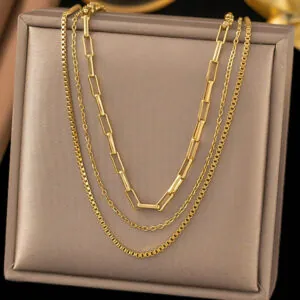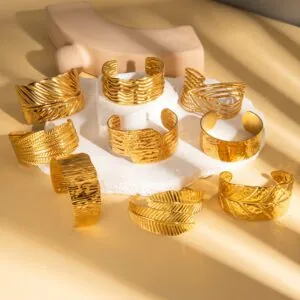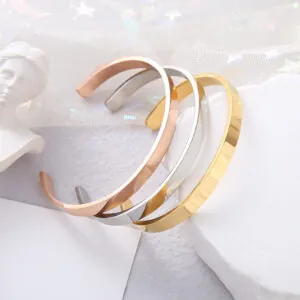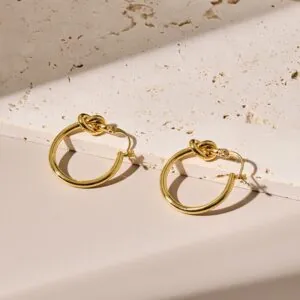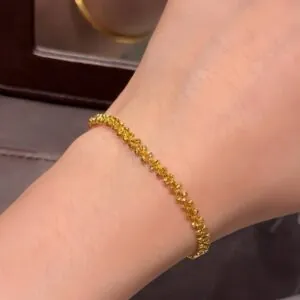Our sand foundry technology enables the creation of complex designs with exceptional detail. From intricate pendants to textured signet rings, our casting process preserves micro-details while ensuring high-volume production. Achieve deep reliefs, sharp lettering, and flawless surfaces with minimal finishing—transforming your designs from concept to commerce seamlessly.
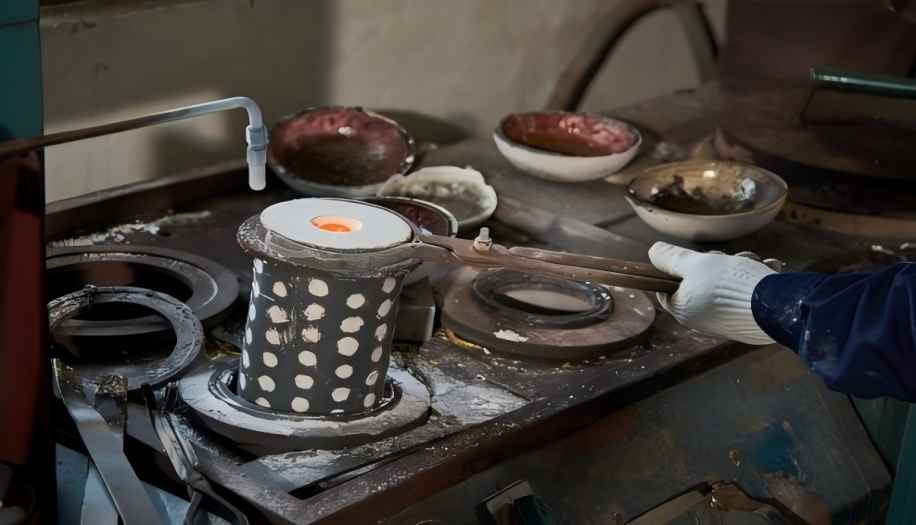
Sand casting is an efficient jewelry casting process that uses sand molds to create jewelry. Ideal for mass production of copper alloys and stainless steel pieces, it is particularly suited for rugged or retro styles. The process involves creating a mold from a detailed pattern, melting and pouring the metal into the mold, allowing it to cool, and then removing the sand to reveal the jewelry. With its low cost and fast mold turnover, sand foundry is perfect for high-volume production with intricate details.
Since 2005, star harvest has been leading the way in the design and manufacture of quality brass and stainless steel jewelry. We are committed to providing one-stop.
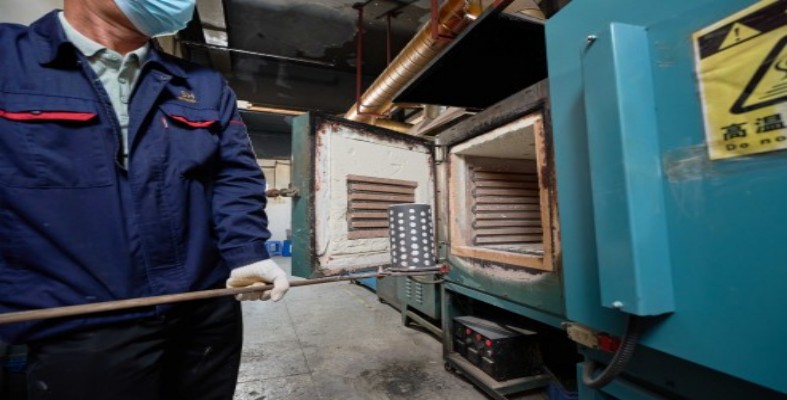
Using silicone-free, environmentally friendly resin sand and mechanical compaction molding, our process replicates 0.5mm fine textures to ensure intricate and precise designs.
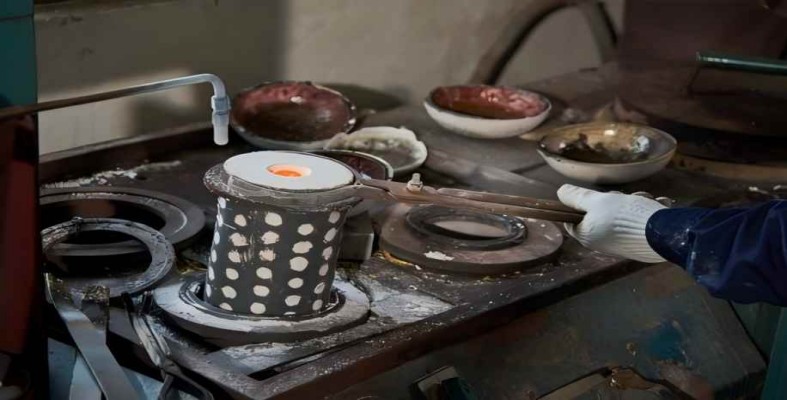
Simulating molten metal fluidity, designing an inclined gate reduces turbulence and reduces porosity defects by 30%.
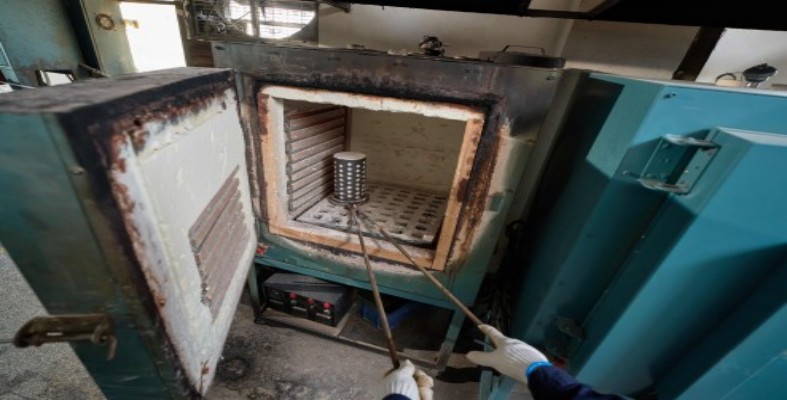
A dedicated vibration table efficiently separates the casting from the sand mold. Sand particles undergo a closed-loop magnetic separation-crushing-regeneration system, with a recovery rate exceeding 95% for sustainable and efficient jewelry casting.
Since 2005, Star Harvest has been a leader in the design and manufacture of high-quality brass and stainless steel jewelry. As experts in the industry, we are committed to providing one-stop solutions that cover every step of the jewelry production process. Our deep expertise and experience ensure that each phase is executed with precision and excellence. Below, we present the detailed steps in our industry-leading process, which transforms your designs into premium, market-ready jewelry.
Since 2005, star harvest has been leading the way in the design and manufacture of quality brass and stainless steel jewelry. We are committed to providing one-stop.
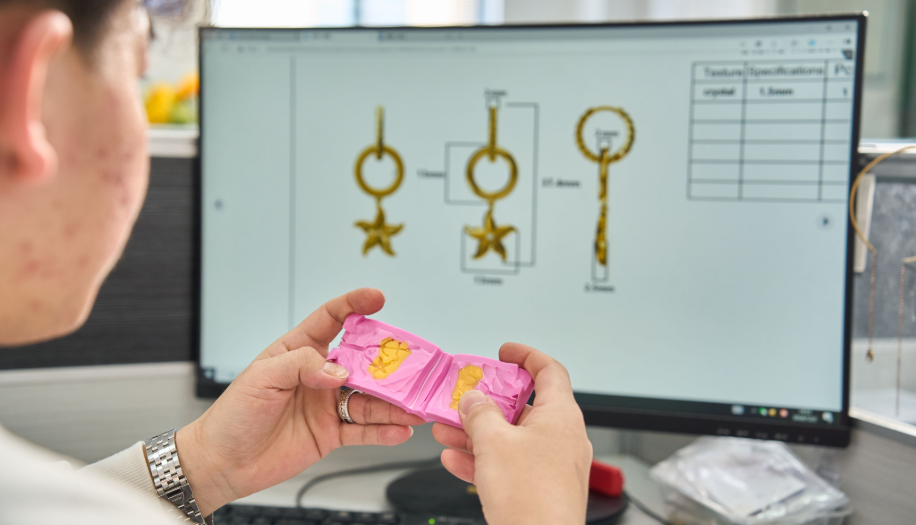
Making a mold is the first step in jewelry manufacturing, which directly affects product accuracy and subsequent production efficiency. We use highly elastic silicone mold technology to perfectly replicate complex design details and provide stable and durable production molds for copper and stainless steel jewelry.
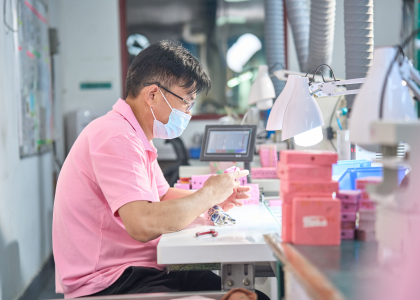
Wax injection is a key step to inject liquid wax into the rubber mold to form a high-precision wax mold. This process directly affects the detail restoration and surface finish of the finished jewelry , and is suitable for the precision casting needs of copper and stainless steel jewelry.

Waxing is a key step in fine finishing of wax models to ensure the surface finish and structural integrity of the final jewelry. This process is suitable for mass production of high-precision copper and stainless steel jewelry, and can handle complex designs such as hollowing, fine lines, and curved surfaces.

Treeing (also known as “wax tree assembly”) is a key step in splicing the trimmed wax model to the wax rod according to the requirements of the casting system. This process directly affects the metal fluidity and yield rate during casting, and is especially suitable for the mass production of copper and stainless steel jewelry.

Plastering (plaster mold making) is the core process of fixing the completed wax mold in a special gypsum slurry to form a high-temperature resistant casting mold. This process directly determines the metal liquid filling effect and the surface accuracy of the final product, and is suitable for the precision casting needs of copper and stainless steel jewelry.
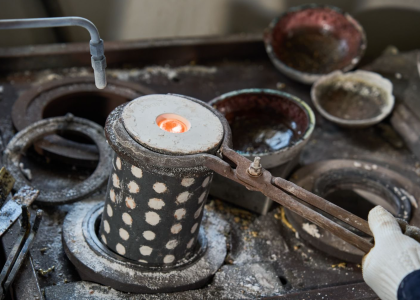
Losing wax is a key step in removing the wax core from the plaster mold through heat treatment to form a complete cavity. This process directly affects the product forming accuracy and surface finish, and is the core process of lost wax casting of copper/stainless steel jewelry.
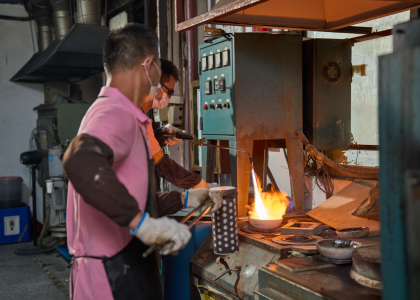
Sand casting is a small and medium-sized jewelry manufacturing process that uses sand molds to form jewelry. It is suitable for mass production of copper-based alloy and stainless steel jewelry. This process has low cost and fast mold turnover, and is particularly suitable for products with rugged or retro styles.
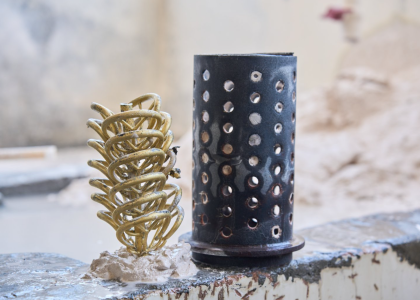
Plaster casting is mainly used for mass production of copper/stainless steel jewelry with complex carvings and hollow structures. Plaster molds have excellent thermal stability and detail restoration capabilities, and the demoulding quality directly affects the surface fineness of the casting.
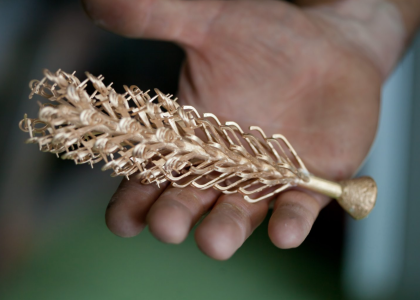
Dewaxing is a key step in lost wax casting, which directly affects the surface quality and detail restoration of the casting. The wax pattern is removed through precise temperature control to provide a clean cavity for subsequent metal pouring.
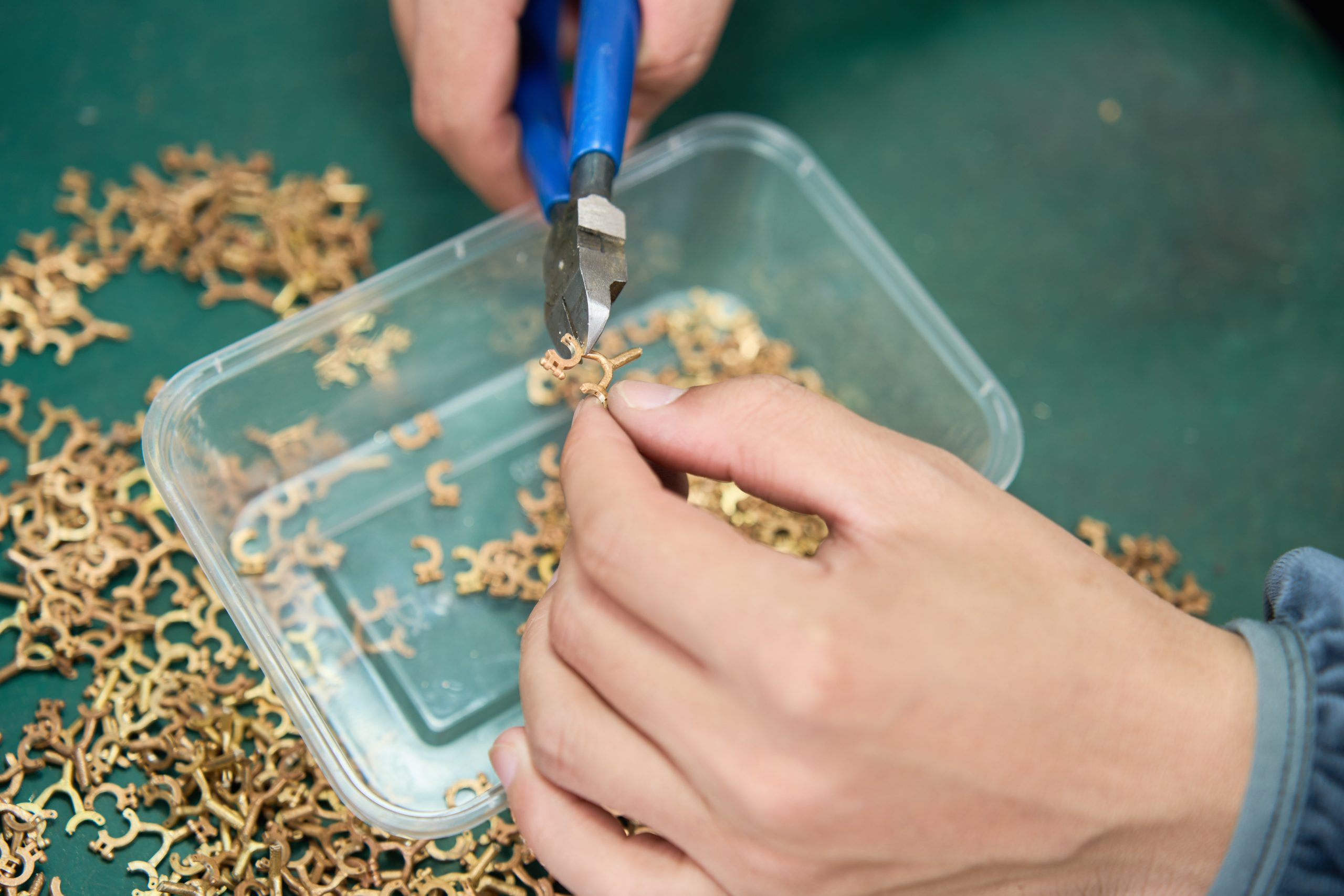
The assembly process is the final stage of jewelry production, which directly affects the integrity and wearing comfort of the finished product. This process is suitable for key processes such as component connection, clasping, and assembly after polishing of copper/stainless steel jewelry to ensure that the product meets the quality standards of the brand.
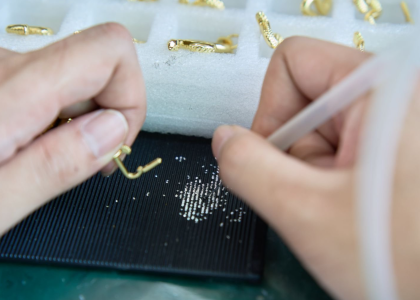
Brazing & Soldering is a key process for connecting metal parts in jewelry manufacturing, which directly affects the firmness and appearance integrity of the product. It is suitable for precision welding of copper and stainless steel jewelry to ensure that there is no cold solder joint, discoloration or solder overflow at the joint.
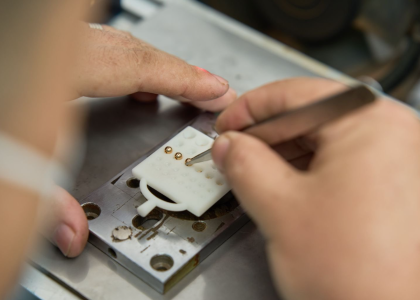
Forming & Shaping is a key process to ensure that the finished jewelry meets the designed size and is comfortable to wear. It is suitable for curvature adjustment, structural correction and surface optimization of copper and stainless steel jewelry to avoid the risk of breakage caused by deformation or stress concentration.
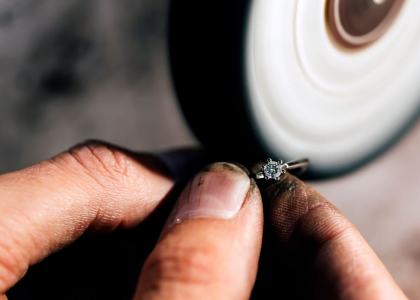
Mold Polishing & Finishing is a fine processing step in jewelry manufacturing. It is responsible for removing burrs, pores and joint lines after mold casting, improving surface finish and shape accuracy, and ensuring that the product meets design requirements and subsequent processing needs.
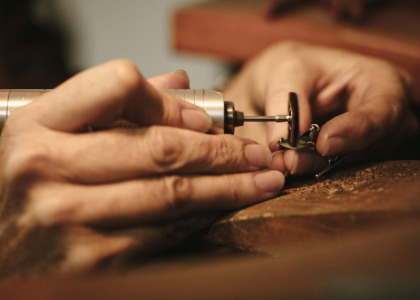
Grinding & Lapping is a key process for precision finishing of metal jewelry surfaces, eliminating tool marks, oxide layers and microscopic bumps, and providing a qualified base surface for subsequent polishing/electroplating. It is mainly used for batching , welding and structural interfaces of copper and stainless steel materials.
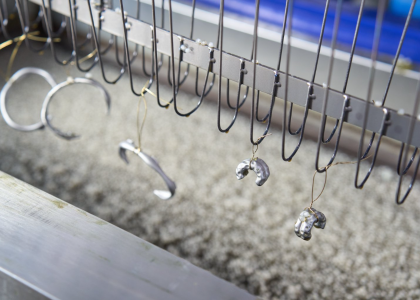
Copper plating is a process of electroplating a copper layer on the surface of a jewelry substrate (stainless steel/zinc alloy/silver). It is mainly used for:
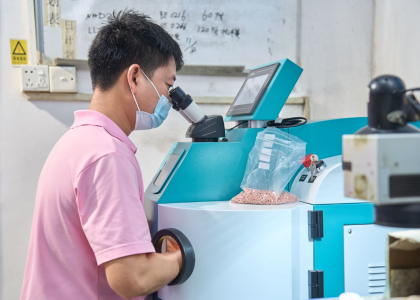
The type printing process uses laser engraving or mechanical stamping technology to form a clear and permanent mark on the surface of jewelry, meeting the needs of brand logo, metal material mark (such as 925 silver) and compliance certification mark. This process supports 0.1mm high-precision engraving and is suitable for common jewelry materials such as copper and stainless steel.
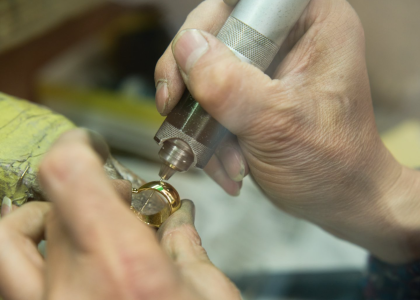
Polishing is used to improve the surface finish and gloss of jewelry, remove processing marks (such as turning marks, welding points), and make the product present different effects such as mirror, matte or brushed. This process uses a combination of mechanical and chemical methods, suitable for copper, stainless steel and other metals, and meets the appearance quality standards of the European and American markets.
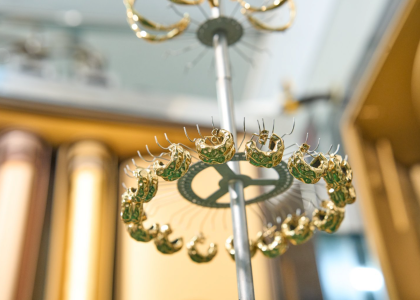
The electroplating process forms a metal protective layer on the surface of jewelry through electrolytic deposition, achieving anti-oxidation, wear resistance and color customization (such as platinum, rose gold, gun black, etc. ). This process complies with RoHS/REACH environmental standards, is suitable for copper and stainless steel substrates, and can meet the stringent requirements of the European and American markets for coating thickness (0.5-5μm) and corrosion resistance.
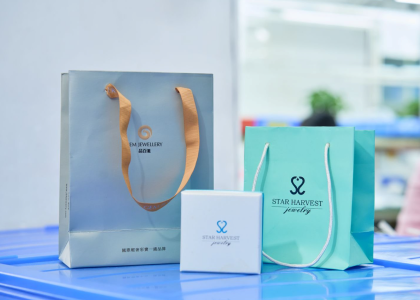
The packaging process directly affects the product transportation safety, brand display effect and customer unpacking experience. We provide packaging solutions that meet European and American environmental standards (FSC certified paper, biodegradable materials), adapting to different product types (single piece/set), logistics needs (moisture-proof air/sea transportation) and brand customization requirements (LOGO printing, structural innovation).
